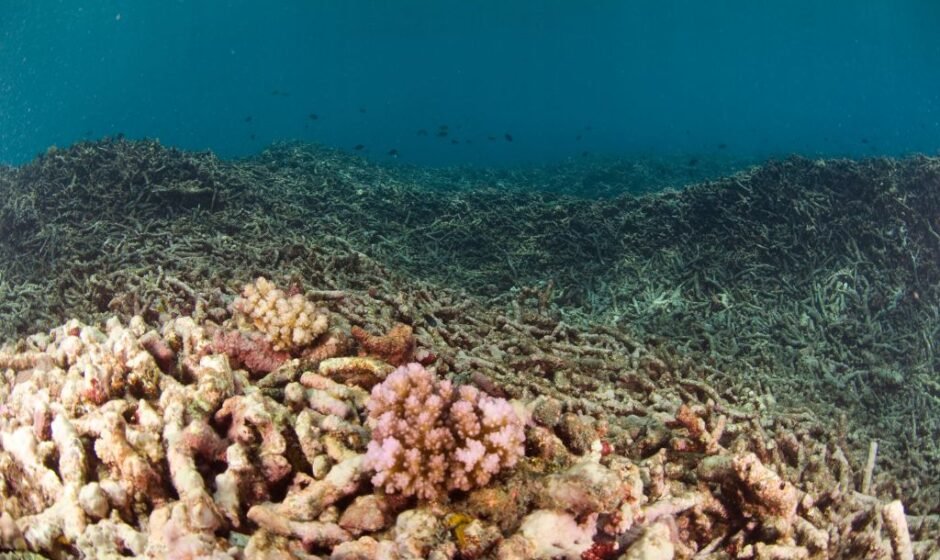A recent report from NOAA’s Coral Reef Watch program has revealed that nearly all coral reef regions in the wider Caribbean, including Florida, have experienced double the amount of heat stress that typically leads to coral mortality. Derek Manzello, the coordinator of the program, stated that the ecological impacts of this event will not be fully understood for months or even years. However, initial reports have already indicated high levels of mortality in staghorn and elkhorn corals in Florida, Puerto Rico, and Mexico.
The severity of the heat stress can be seen in the Coral Reef Watch’s coral bleaching heat stress alert system. The system categorizes stress levels based on various factors. These include the HotSpot, which measures the intensity and duration of heat stress, and the Degree Heating Weeks (DHW), which is a measure of accumulated heat stress over several weeks. The stress levels range from “No Stress” to “Bleaching Alert Level 5,” which indicates a risk of near complete coral mortality.
The increase in heat stress is not limited to the Caribbean. Last year, coral reefs in various regions across the world experienced extreme accumulation of heat stress. The eastern tropical Pacific Ocean and Greater Caribbean, in particular, saw historically high heat stress levels occurring earlier and lasting longer than usual.
Coral reefs are crucial marine ecosystems that support a diverse range of species. Despite covering only a small percentage of the ocean area, they are home to 25% of all marine species. In addition to their biodiversity, coral reefs provide important coastal protection from erosion and storm surges. They also contribute significantly to the global economy, generating billions of dollars each year through industries such as food, tourism, and pharmaceuticals.
However, the health and survival of coral reefs are under threat due to rising global temperatures and increasing ocean acidification. Coral bleaching is a major consequence of these changes. When corals are stressed, they expel the algae that live in their tissues, causing the corals to lose their vibrant colors and become transparent. This exposes their white exoskeleton and leaves them more susceptible to starvation and disease. If corals remain bleached for extended periods, it becomes difficult for algae to return, making reef recovery nearly impossible.
The severity of the current heat stress event is exacerbating the challenges faced by coral reefs. Sophie Dove, a coral reef ecologist at the University of Queensland, emphasized the gravity of the situation, stating that corals are dying before they even have a chance to bleach. This highlights the urgent need to address the escalating changes and protect our precious coral reefs.
In conclusion, the recent increase in heat stress has put coral reefs in the wider Caribbean, including Florida, at a higher risk of mortality. The long-term impacts of this event are yet to be fully understood, but initial reports have already indicated significant coral mortality. Urgent action is needed to mitigate the effects of climate change and protect these vital marine ecosystems.




